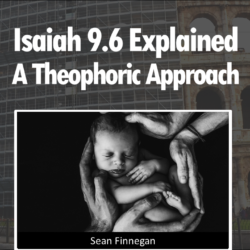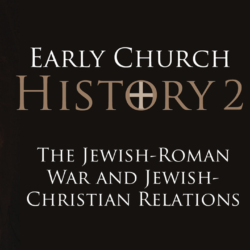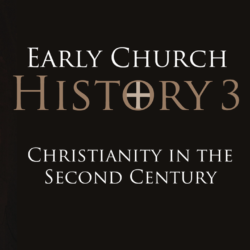Today we are going to take a brief break from manuscripts and dip our toes into the pool of Bible translations. Specifically, we’ll take a look at six of the most prominent Jewish translations of the Hebrew Bible, including:
- Jewish Publication Society (1917)
- Koren Jerusalem Bible (1961)
- New Jewish Publication Society (1985)
- Artscroll’s Stone Tanach (1996)
- Schocken Bible of Everett Fox (1995, 2014)
- Robert Alter’s translation (2018)
For each of these versions we’ll get a brief sense of the translation style from the preface and then we’ll compare four texts from each: Genesis 1.1-3; Psalm 23.1-2; Isaiah 9.6; and Micah 7.20.
—— Books ——
- Jewish Publication Society Bible (1917)
- New Jewish Publication Society Bible (1985)
- Koren Jerusalem Bible
- Artscroll Stone Tanach
- Everett Fox‘s Schocken Bible
- Robert Alter’s three volume Bible with commentary
- The Song of Songs by Ariel and Chana Bloch (translation and commentary)
—— Links ——
- Check out all the lectures in How We Got the Bible
- See what other classes are available here or on the Restitutio Classes podcast (subscribe in Apple, Spotify, RSS feed)
- If you’d like to support Restitutio, you can donate here.
- Intro music: Good Vibes by MBB Attribution-ShareAlike 3.0 Unported (CC BY-SA 3.0) Free Download / Stream: Music promoted by Audio Library







Thank you for all the work you put into doing this series. At minute 38:40 you make an important comment, “I think it would be crazy not to learn from the Jewish people and their scholars, and their sages, what this book means.” This reminds me of what Paul says in Romans 3:1-2, “Then what advantage has the Jew? Or what is the benefit of circumcision? Great in every respect. First of all, that they were entrusted with the oracles of God.” NASB
This shows that Paul counts the Jewish understanding of Scripture as being the most reliable. Of course, even within the Judaism of Paul’s day there were differences, but somewhere within those differences was the correct understanding, in contrast to a non-Jewish, typically Greek philosophical or allegorical reading that rejected the Hebraic basis of the texts. This aberrant misunderstanding of the text is what has led to so much confusion within Christianity today, as you well know.
Hi, Kevin.
I like reading the notes in the ‘Jewish Study Bible’ (JPS; 1985) – but don’t forget that ‘Rabbinic Judaism’ is essentially a post-70 CE reconstruction of Judaism shaped by anti- Jewish Apocalyptic, and Jewish Christian polemics. Rabbinic Judaism only became monolithic, ‘normative Judaism’ in the sixth century C.E. – and ideas from Rabbinic material have to be handled with extreme caution and care in any attempt to retroject them into the New Testament era.
A note on the influence of Greek philosophy on New Testament Christianity, via Hellenistic Judaism : The Epistle to the Hebrews very much reflects Alexandrian, Greek-Jewish ideas and allegorization. It was most likely written by Apollos of Alexandria.